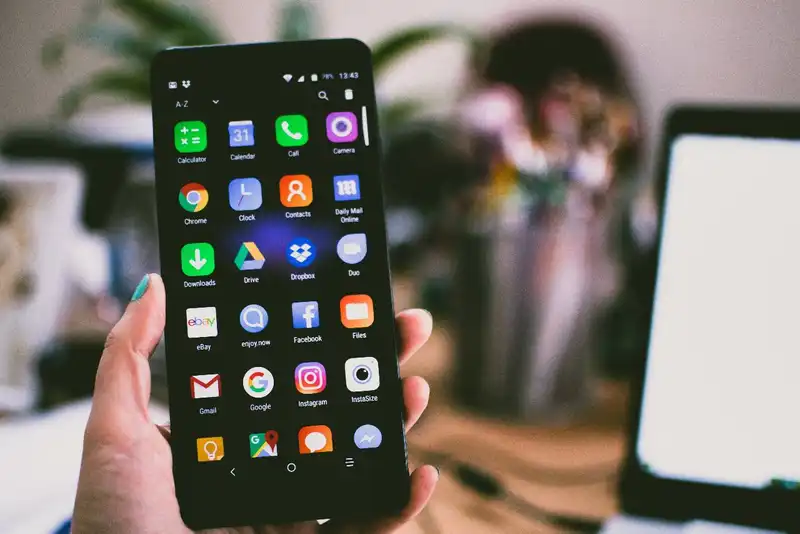Employee Hours Tracker- Best Ways to Track Employee Hours
Introduction to Employee Hours Tracker
Tracking employee work hours is important for many of today's businesses. For example, employers that pay their staff members by the hour will need accurate data to calculate payroll. Establishments that send invoices or bills to clients may need to track each minute of work to ensure correct compensation. Aside from monetary benefits, employees and managers will track hours to gauge their productivity and time management.
Whichever the reason may be to record employee time, it is important that businesses and individuals use efficient methods. This includes using a time tracking software solution, mobile apps, and cloud based time clocks. By using these techniques, companies can successfully comply with labor laws and pay employees fairly. They can also use the information gathered from these methods to boost workplace productivity.
Employee Hours Tracker - 6 Ways to Track
Businesses can obtain the many benefits of monitoring employee work hours by using one of the 6 best practices.
1. Traditional Pen and Paper Recording

Small businesses that prefer traditional methods can use pen and paper to track employee hours. This practice is also helpful for establishments that lack a strong Internet connection or cannot adopt new technology. With this technique, employees must manually record the date of their shift and the times they clocked in and out. They need to put down when they took their rest and meal breaks and resumed work as well.
An advantage to this method is that employers will not need to spend a lot of time training their employees. This process is self-explanatory and easy to follow. It is recommended, however, that managers consolidate all timesheets into a spreadsheet. This will make it easier to access work hour data and streamline wage calculations. Management can then export the file and send it directly to payroll, instead of manually entering in entries.
2. Web-Based or Kiosk Time Clocks
Organizations can turn to digital time clocks to automate the time tracking process. These online time trackers can be accessed through a kiosk app or desktop. For example, management can set up a tablet and download an app for employees to clock into. Having a designated space for time logging will help minimize the chance of staff forgetting to record their hours.
To use a web-based or kiosk time clock, businesses will need to purchase or subscribe to an application. They can then load the platform on a browser or hardware device, like a kiosk or tablet. Through the app, managers can also assign employees an identification number or PIN to streamline the process of clocking in. The best time clock will record all information and offer exporting features to ensure seamless payroll.
3. Mobile Apps

A mobile clock app is a great option for companies that have hourly employees, as well as salaried and freelancers. Users can access their time clocks using their smartphone devices or tablet. Employees can use the mobile app and its built-in timer to track their project management and time spent on activities. It also helps them gauge their time management and effectively prioritize tasks.
Mobile time tracking apps also have alerts and notification features. This means the system can remind employees to clock in, take their breaks, and clock out. Data from the time clock app is collected into one system. Therefore, managers can ensure their wage calculations are correct and up-to-date.
4. Geofencing and GPS Tracking
Geofencing refers to a location-based technology that allows businesses to accurately track employees. Management can use a GPS tracking system and set up a geofence for their brick-and-mortar locations. This solution will then know where employees are within the establishment and can send notifications accordingly. For example, when a staff member arrives at the workplace, the app will alert them to clock in. If they leave the area, the system will send a notification and prompt them to clock out.
GPS tracking tools and geofencing will help businesses ensure hours worked are recorded accurately. It also prevents time theft, in which team members state they arrived earlier or left later than they actually did. Since this method of tracking employee hours can be an added cost, management should assess their budgets before purchasing.
5. Biometric Time Clock

Biometrics is the use of biological features to verify an individual's identity. This includes fingerprints, facial features, and retinas. The latest time tracking solutions have biometric identification functions to eliminate the need for PINS and passwords. This prevents buddy punching, which is the practice of employees recording billable hours for their colleagues. It also saves them time and effort in remembering and retrieving lost codes.
Implementing a biometric time clock will require advanced hardware equipment, such as scanners for fingerprints. These supplies may be costly for businesses; therefore, management should determine if biometrics is necessary for their operation. Biometric data is also sensitive information, so the business must make sure they have an effective security system.
6. URL and Browser Plug-In Tracking
URL and browser plug-in tracking is an effective way to monitor remote employees. It is also great for tracking staff or contractors that mainly do work on their computers. These systems will have an automatic time clock that records activity from employee URLs. They also have browser plug-in features, such as a digital timer. This enables them to record how long they spend on a project and maintain timesheet templates in real-time.
This time tracking tool can also keep tabs on which websites employees visit while at work. This will give managers insight into how productive their staff is and what improvements can be done to boost efficiency. Employees can also access time reports and make adjustments themselves.
Key Takeaways - Employee Hours Tracker
- Employee hours tracker refers to monitoring staff's work hours to ensure productivity and accurate compensation.
- Employee time tracking app will provide many other benefits to employees and management teams. This includes labor law compliance, boosted productivity, and fair pay.
- There are many different ways that a small business or franchise can effectively track employee hours.
- The best methods for employee hour tracking include web-based time clocks, mobile apps, and geofencing.
